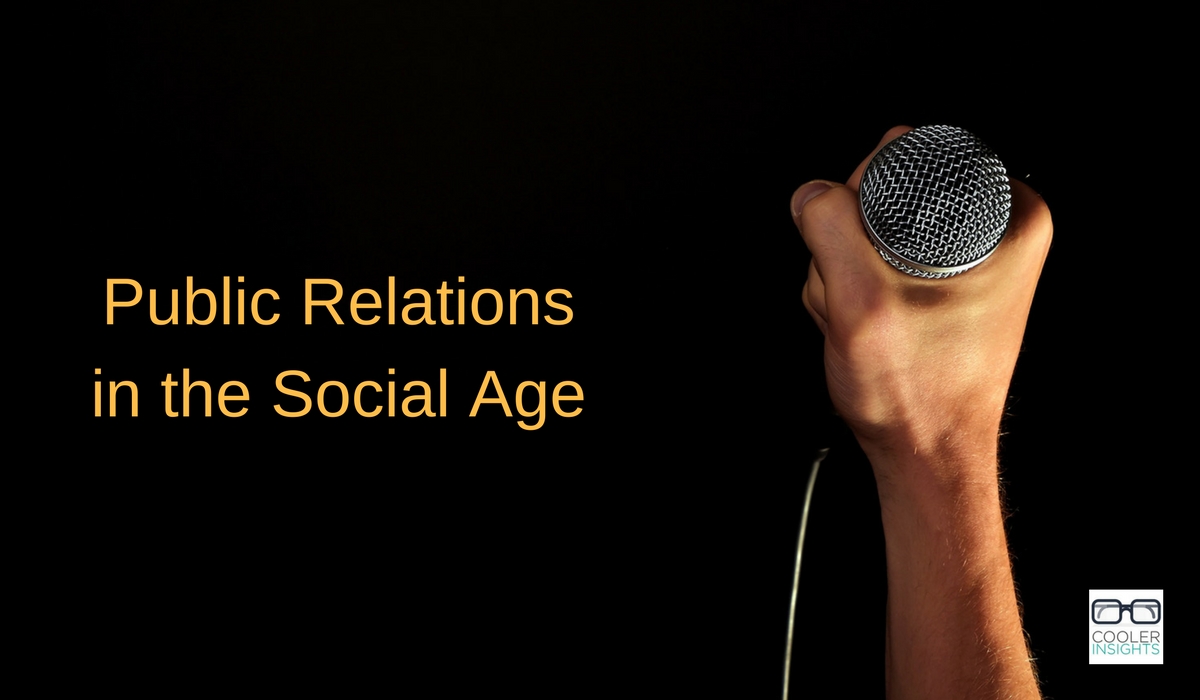Are you a public relations or PR professional? If so, what do you see yourself as?
A) Purveyor of the corporate spiel, coated with sugar, spice and everything nice;
B) Hustler for significant editorial coverage on newspapers, television news and magazines;
C) Guardian of your organisation’s corporate brand;
D) Gatekeeper to your head honchos; or
E) Spokesperson, communicator and messenger?
Well you certainly perform all of the above roles. And so much more.
Guardians of Public Image
Folks in public relations, public affairs, or corporate communications have traditionally upheld the public image of the organisations you’re entrusted with.
Publicity advisors to key executives, you endeavour to promote your organisation, protect its reputation against unsavoury attacks, and preserve its public image.
This can be as strategic as deciding what words your CEOs should say, as operational as ironing the skirting of a press conference table an hour before the event, or as nefarious as negotiating with a media partner to kill a story.
PR’s Negative Backlash
Unfortunately, PR has suffered a lot of negative backlash in recent years.
The openness, transparency and sheer speed of digital social networks and cyber vigilantes have kicked sand in the faces of many PR practitioners. Many have been accused of being out-of-touch with the man-on-the-ground or living in ivory towers.
Blissfully unaware of the real sentiments of our respective publics, we’ve been scorned, ridiculed and made fun of. Reporters and social media influencers alike have relayed horror stories of publicists gone awry, and such reports seemed to have increased in recent months.
PR’s New Role: Building Bridges to the Community
In the age of ubiquitous mobile and social networks, PR practitioners like you and me need to be more than just the cleanly scrubbed face of the organisation.
Our roles aren’t just to provide the keys that unlock the gates to the corporate kingdom. Rather, we need to build bridges to our communities, and serve as our respective public’s advocates and internal corporate champion.
In a sense, PR needs to evolve from pulpit preaching to street evangelism.
How can you make this happen?
From Broadcasting Messages to Igniting Conversations
For a start, consider eschewing the silk gloves of perpetual political correctness and start speaking like humans.
Use conversational tones to explain to journalists, bloggers, customers and other stakeholders why certain things were done the way they were.
Engage in dialogues – not monologues. At the end of the day, your organisation has the best interests of your stakeholders at heart (if it doesn’t, it may be time for you to seek your fortunes elsewhere).
Be Transparent and Candid
Where possible, be candid in explaining why certain things are the way they are rather than enshrouding your answers with mystery.
Don’t answer in riddles – you are not the Sphinx!
If you cannot provide the information because of competitive or security reasons, say so.
Build Your Online Communities
Seek to build up and connect with your communities.
Form relationships with like-minded folks who have an interest in what your organisation does. Keep them regularly updated through email newsletters, web updates or Facebook posts.
Show an interest in what they are keen in.
Embrace Social Listening
Listen more and talk less. There are numerous social media monitoring tools out there like JamiQ, Brandtology, Buzzsumo, or just plain old Google Alerts which allows you to do so.
Get your radar out there to find out what people are saying.
Reach Out Selectively
Participate in selective conversations without being creepy.
Instead of completely ignoring all online buzz about your organisation, seek to engage your influencers. Show them that you’re listening, caring and responding.
If bandwidth permits, connect with anybody who have blogged, tweeted, or spoken about your organisation online.
Provide Interactive Platforms
Launch interactive platforms to share your stories. These can be on social networks, offline events, email newsletters, online forums, and others.
The key thing here is to actively solicit inputs and comments from your stakeholders so that it becomes a dialogue rather than a monologue.
Be Responsive and Professional
Nobody is going to wait until your press conference tomorrow to find out why your plant exploded, or how two workers were killed.
Instead, employ platforms like Twitter, Facebook or blogs to share breaking news and rolling updates as soon as you have them.
Be super responsive and speedy. Your communities and publics will love you for that.
Master the Art of Storytelling
Finally, and perhaps most compellingly, you must hone your ability to tell enchanting stories.
Share home-baked videos, photos, and behind-the-scenes articles of what’s cooking. Create content that not only appeals to your head honchos but your other audiences, meshing education, entertainment and engagement in an attractive package.
This also means that anybody who needs to appear in front of a camera should be a warm and vivacious storyteller – not a cold and unfeeling suit!
How else should PR practitioners evolve in the social and digital age?

